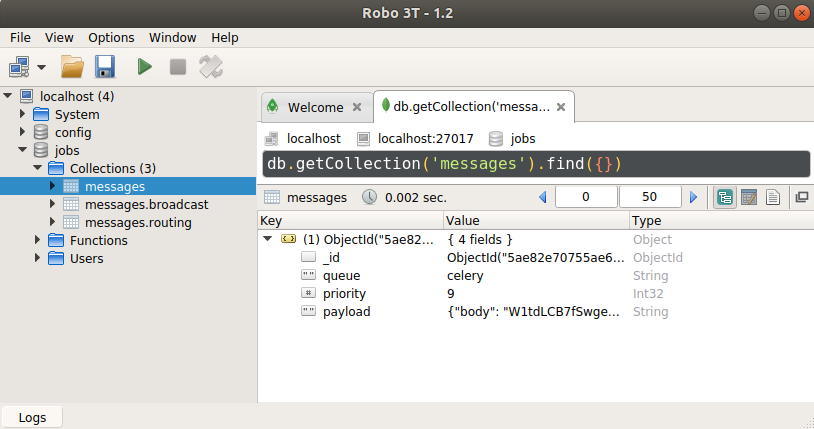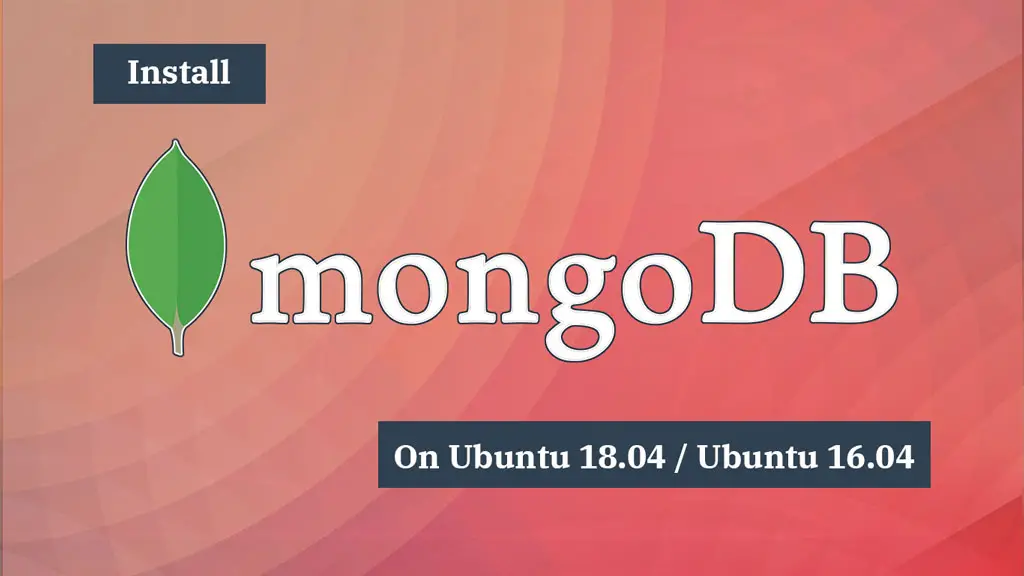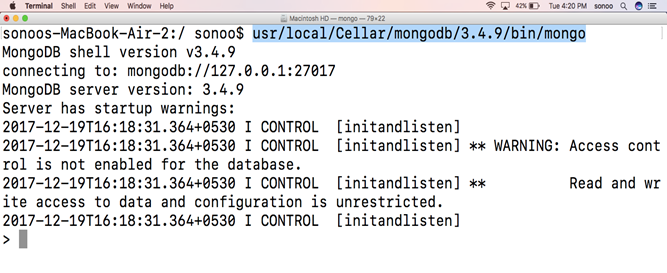


Step 1: In this step, we do the following things,

Step 1: Click on ‘Add Storage’ to add data volumes to your instance in next step. of instances you want to launch at a time. In the next step of the wizard, enter details like no.Click on “Configure Instance Details” for further configurations.We will choose t2.micro instance type, which is a 1vCPU and 1GB memory server offered by AWS.Step 1: In the next step, you have to choose the type of instance you require based on your business needs. Here we are choosing the default Amazon Linux (64 bit) AMI.Once you launch an EC2 instance from your preferred AMI, the instance will automatically be booted with the desired OS. It is a template basically of an Operating System platform which you can use as a base to create your instance). You will be asked to choose an AMI of your choice.Instance creation wizard page will open as soon as you click ‘Launch Instance’.Click on ‘Launch Instance’ button in the section of Create Instance (as shown below).Once your desired Region is selected, come back to the EC2 Dashboard.AWS provides 16 Regions all over the globe. Step 2: On the top right corner of the EC2 dashboard, choose the AWS Region in which you want to provision the EC2 server. Here you will get all the information in gist about the AWS EC2 resources running. Open all the services and click on EC2 under Compute services.For creating an EC2 instance, we have to choose Compute EC2 as in the next step. Here, you will see all of the AWS Services categorized as per their area viz.Login to your AWS account and go to the AWS Services tab at the top left corner.
#Install mongo shell how to
Let us see in detail how to launch an on-demand EC2 instance in AWS Cloud. This is the most striking advantage of an on-demand instance- you can drastically save on your CAPEX.


 0 kommentar(er)
0 kommentar(er)
